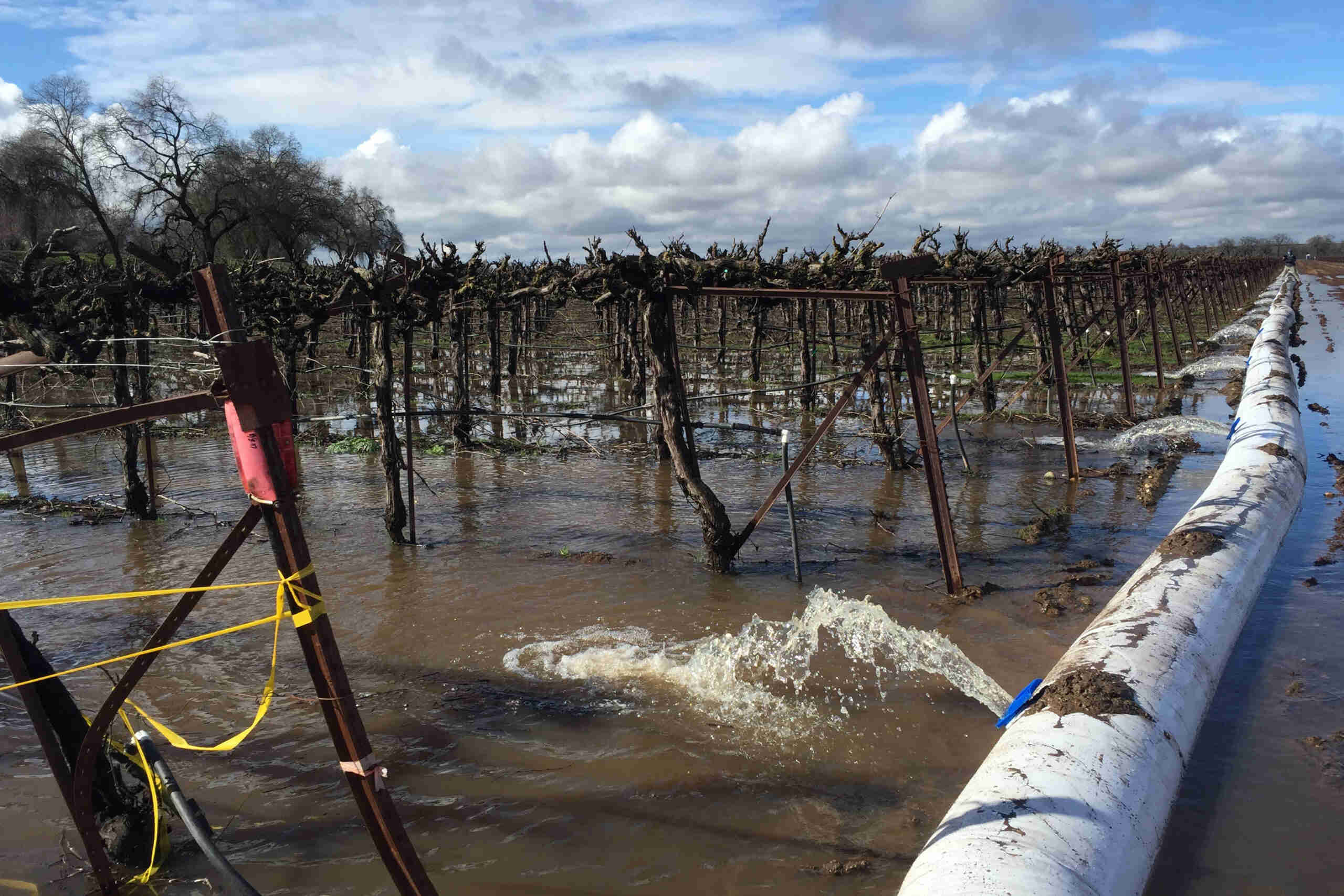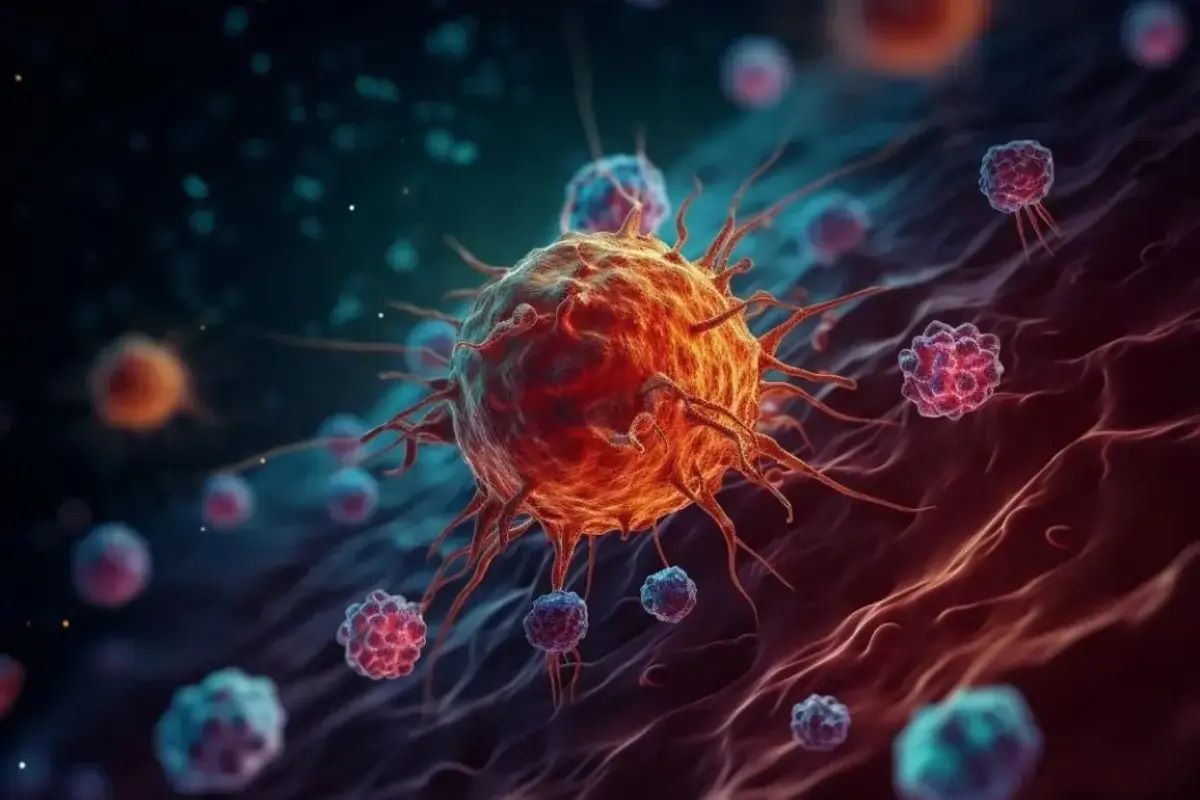
When it comes to our planet’s water resources, groundwater plays a vital role that often goes unnoticed. Groundwater recharge, the process by which water naturally replenishes underground aquifers, is an extraordinary phenomenon that sustains ecosystems, agriculture, and human communities around the world. While many of us may not be familiar with its intricacies, groundwater recharge holds a wealth of fascinating facts that highlight its importance and complexity. In this article, we will explore 11 extraordinary facts about groundwater recharge, shedding light on its significance in Earth’s hydrological cycle and the varied ways it affects our lives. From the role of rainfall to the influence of land use practices, prepare to uncover the mesmerizing world of groundwater recharge.
Key Takeaways:
- Groundwater recharge is essential for clean water and ecosystems, but human activities can hinder it. Sustainable practices and managed aquifer recharge are crucial for ensuring future water availability.
- Climate change impacts groundwater recharge, making sustainable management and protection of natural recharge areas vital for the long-term availability of this vital resource.
Groundwater is a vital source of fresh water.
Groundwater recharge plays a crucial role in replenishing our water resources. It is the process by which water from precipitation and surface water sources seeps into the ground and replenishes aquifers, underground formations that store and transmit water.
Groundwater recharge is influenced by various factors.
The rate of groundwater recharge depends on factors such as climate, geology, land use, vegetation, and the presence of surface reservoirs and water bodies. Understanding these factors is essential for managing and optimizing groundwater resources.
Groundwater recharge helps maintain ecological balance.
Groundwater recharge not only supports drinking water supplies but also sustains wetlands, rivers, and ecosystems. It helps maintain base flows, which are the minimum flow rates required to support aquatic life and other ecological processes.
Natural processes promote groundwater recharge.
Via natural processes such as infiltration, percolation, and runoff, water is slowly filtered through the soil and rocks. This filtration process removes impurities and contaminants, making groundwater a reliable and clean source of water.
Human activities can impact groundwater recharge.
Land development, pavement, and excessive use of groundwater can hinder the natural recharge process. It is important to implement sustainable practices to ensure sufficient groundwater recharge for future generations.
Managed aquifer recharge is an effective technique.
Managed aquifer recharge involves deliberately diverting excess surface water or treated wastewater to infiltration basins or recharge wells. This technique helps to replenish depleted aquifers and increase the availability of groundwater.
Groundwater recharge supports agriculture.
Agriculture relies heavily on groundwater resources. Recharge projects can play a crucial role in sustaining agricultural productivity by ensuring a continuous supply of water for irrigation.
Climate change impacts groundwater recharge.
Changes in precipitation patterns, rising temperatures, and altered hydrological cycles can affect groundwater recharge rates. Adapting to these changes and implementing sustainable water management practices is essential for maintaining groundwater resources.
Natural recharge areas are protected.
In many regions, natural recharge areas are protected to maintain the integrity of aquifers. These areas include forests, wetlands, and natural landscapes that enhance the natural recharge process.
Groundwater recharge is a global concern.
The sustainable management of groundwater recharge is crucial worldwide. It is an issue that requires collaboration between governments, communities, and water resource professionals to ensure the long-term availability of this vital resource.
Groundwater recharge can take a long time.
Groundwater recharge rates vary, and it can take decades or even centuries for water to fully infiltrate through the soil and recharge aquifers. This emphasizes the importance of careful and sustainable management of this precious resource.
Conclusion
Groundwater recharge is a fascinating natural process that plays a crucial role in maintaining the Earth’s water balance. From natural phenomena like rainfall and snowmelt to human interventions such as artificial recharge, there are various factors that contribute to replenishing groundwater reserves.Understanding groundwater recharge is pivotal in managing water resources sustainably. It helps us make informed decisions regarding water usage, conservation, and addressing water scarcity issues. By recognizing the extraordinary facts about groundwater recharge, we can appreciate its significance and work towards its preservation.
FAQs
Q: What is groundwater recharge?
A: Groundwater recharge refers to the process by which water from precipitation or surface water sources infiltrates the ground and replenishes the aquifers.
Q: What are the different sources of groundwater recharge?
A: The primary sources of groundwater recharge include natural processes like rainfall, snowmelt, and runoff, as well as human interventions such as irrigation and artificial recharge techniques.
Q: How long does groundwater recharge take?
A: The time it takes for groundwater recharge varies and depends on factors like soil type, surface conditions, and the amount of precipitation. It can range from weeks to several years.
Q: What are the benefits of groundwater recharge?
A: Groundwater recharge sustains water supplies, supports ecosystems, prevents land subsidence, and helps combat drought conditions. It also improves water quality by filtering out pollutants.
Q: How can we enhance groundwater recharge?
A: Practices such as rainwater harvesting, land management techniques, and artificial recharge methods can help augment groundwater recharge and ensure a sustainable water supply.
Q: Are there any challenges to groundwater recharge?
A: Yes, challenges to groundwater recharge include overextraction, climate change impacts, land-use changes, and pollution, which can hinder the recharge process and deplete groundwater reserves.
Q: Can groundwater recharge be measured?
A: Yes, groundwater recharge can be measured using techniques such as groundwater monitoring wells, isotopic analysis, and computer modeling to estimate recharge rates.
Q: Is groundwater recharge a localized process?
A: Groundwater recharge can occur at various scales, ranging from local to regional. It depends on the hydrogeological conditions and the availability of water sources.
Q: Can groundwater recharge replenish depleted aquifers?
A: Groundwater recharge can help replenish depleted aquifers; however, the rate of recharge needs to be carefully managed to ensure sustainability and avoid overexploitation.
Q: How does groundwater recharge affect ecosystems?
A: Groundwater recharge provides water to support ecosystems, including streams, wetlands, and vegetation. It contributes to the biodiversity and ecological health of an area.
Q: Is groundwater recharge a global phenomenon?
A: Yes, groundwater recharge occurs worldwide and is essential for maintaining water availability and meeting the water needs of both human and natural systems.
Was this page helpful?
Our commitment to delivering trustworthy and engaging content is at the heart of what we do. Each fact on our site is contributed by real users like you, bringing a wealth of diverse insights and information. To ensure the highest standards of accuracy and reliability, our dedicated editors meticulously review each submission. This process guarantees that the facts we share are not only fascinating but also credible. Trust in our commitment to quality and authenticity as you explore and learn with us.


